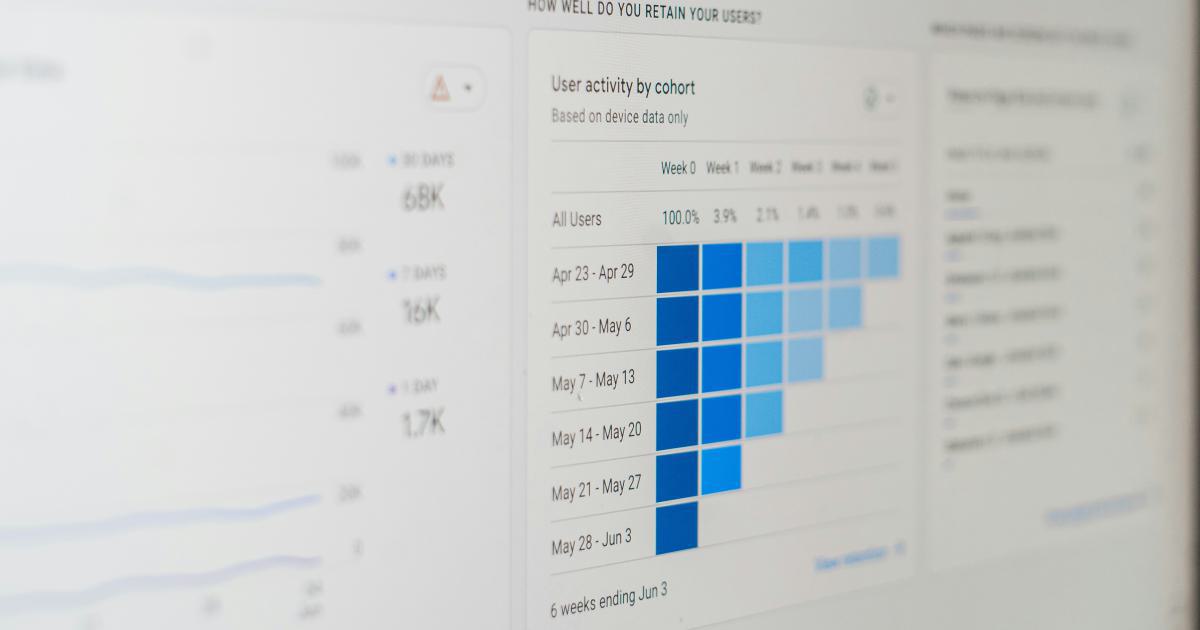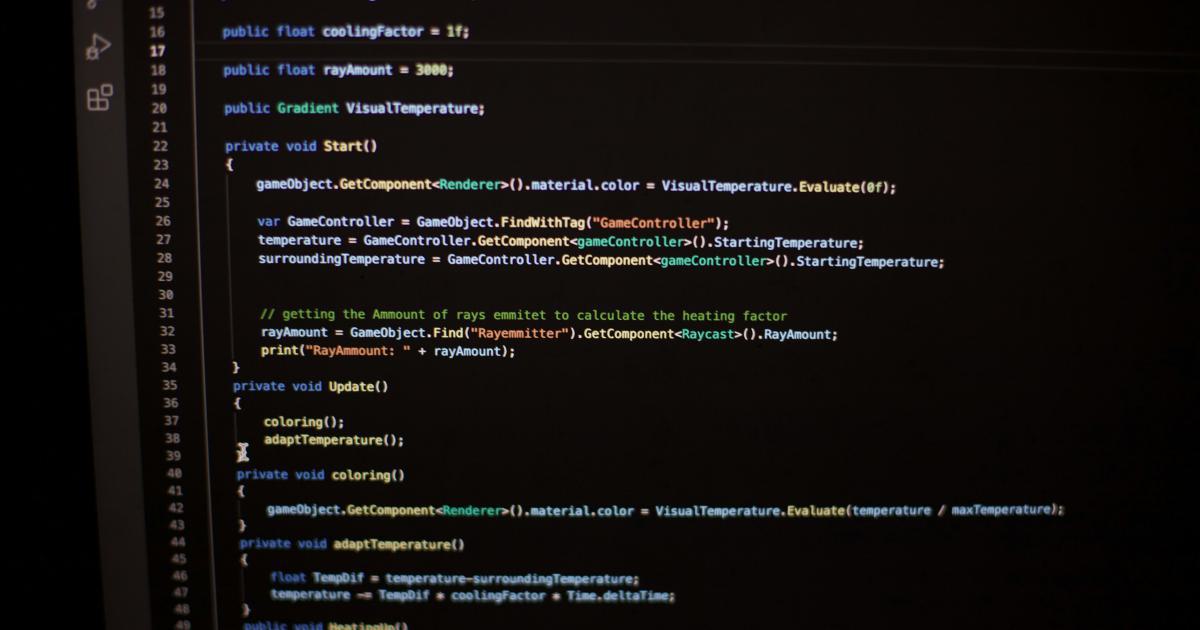8 Stealthy Tactics for Tracking Event Marketing ROI


Introduction: The Elusive Quest for Event Marketing ROI
In the dynamic world of marketing, event-driven strategies have become increasingly prevalent, with businesses leveraging live interactions to engage their target audiences. However, the challenge of accurately measuring the return on investment (ROI) for these events remains a persistent obstacle. Marketers often struggle to pinpoint the tangible benefits and quantify the impact of their event-based initiatives.

Navigating the complexities of event marketing ROI can be daunting, but with the right tactics and tools, organizations can gain valuable insights and optimize their event strategies for maximum impact. This article delves into 8 stealthy tactics that event marketers can employ to effectively track and measure the ROI of their event-driven campaigns.
Establishing a Robust Event Marketing ROI Framework
Defining Clear Objectives and Key Performance Indicators (KPIs)
The foundation for successful event marketing ROI tracking lies in establishing clear objectives and defining the key performance indicators (KPIs) that will be used to measure success. Before diving into the event planning process, it's crucial to identify the specific goals you aim to achieve, whether it's lead generation, brand awareness, customer engagement, or a combination of these.
"If you can't measure it, you can't improve it." - Peter Drucker
Once the objectives are clearly defined, the next step is to determine the KPIs that will serve as the benchmarks for evaluating the event's performance. Common event marketing KPIs may include:
Attendance and Engagement Metrics: Number of attendees, attendee demographics, session attendance rates, and attendee satisfaction levels.
Lead Generation and Conversion Metrics: Number of leads generated, lead quality, and conversion rates from leads to sales.
Brand Awareness and Sentiment Metrics: Social media engagement, media coverage, and changes in brand perception.
Revenue and Sales Metrics: Direct sales generated, pipeline contribution, and long-term customer value.
By aligning your event objectives with measurable KPIs, you can establish a robust framework for tracking and evaluating the ROI of your event marketing efforts.

Implementing a Comprehensive Data Tracking System
Effective event marketing ROI tracking requires a comprehensive data tracking system that captures relevant metrics throughout the event lifecycle. This system should integrate various touchpoints, including:
Registration and Check-in: Gather attendee information, such as contact details, company profiles, and job titles.
Event Activities: Monitor engagement levels, session attendance, and participation in interactive experiences.
Lead Capture: Utilize lead capture forms, matchmaking tools, or sales team interactions to identify and qualify leads.
Post-Event Surveys: Collect attendee feedback and assess the overall event experience.
Sales and Pipeline Data: Track the conversion of event-generated leads into sales opportunities and closed deals.
By consolidating data from these multiple sources, you can paint a comprehensive picture of the event's performance and its impact on your overall marketing and sales objectives.
Leveraging Innovative Tracking Techniques
Integrating Event-Specific Tracking Codes
One of the most effective tactics for tracking event marketing ROI is the use of event-specific tracking codes. These unique identifiers, such as campaign URLs, UTM parameters, or custom event tags, can be embedded into various touchpoints throughout the event lifecycle, including:
Event Registration Pages: Incorporate tracking codes into your event registration forms to attribute leads and conversions back to the event.
Email Campaigns: Use unique tracking links in event-related email communications to monitor click-through and conversion rates.
Social Media Promotions: Leverage custom hashtags or campaign-specific URLs to track social media engagement and referrals.
Onsite Experiences: Incorporate tracking codes into interactive exhibits, sessions, or other event activities to measure participant engagement.
By consistently applying these event-specific tracking codes, you can accurately attribute the lead generation, sales pipeline, and revenue impact directly to your event marketing initiatives.
Harnessing the Power of Event Tech Integrations
Leveraging the capabilities of event technology can significantly enhance your ability to track and measure event marketing ROI. By integrating your event platform with other marketing and sales tools, you can create a seamless data flow and gain a more comprehensive view of the event's performance.
Some key event tech integrations to consider include:
Customer Relationship Management (CRM) Systems: Integrate your event registration and lead capture data with your CRM to track lead generation, sales pipeline, and revenue attribution.
Marketing Automation Platforms: Connect your event platform with marketing automation tools to nurture event-generated leads and measure the impact on lead conversion and revenue.
Analytics and Reporting Tools: Integrate event data with web analytics platforms, such as Google Analytics, to gain deeper insights into attendee behavior, website traffic, and campaign performance.
Event App and Gamification Tools: Leverage event-specific mobile apps and gamification features to gather real-time engagement data and measure the impact of interactive experiences.
By seamlessly integrating your event technology with other critical business systems, you can unlock a wealth of data-driven insights to optimize your event marketing strategies.

Leveraging Beacon Technology and IoT Devices
The emergence of beacon technology and Internet of Things (IoT) devices has revolutionized the way event marketers can track and measure attendee behavior. These innovative technologies enable precise location-based tracking and interaction monitoring, providing a granular understanding of the event experience.
Some practical applications of beacon and IoT technology for event marketing ROI tracking include:
Attendee Movement and Engagement Tracking: Monitor the flow of attendees, track dwell times at specific exhibit booths or sessions, and analyze engagement patterns.
Personalized Content Delivery: Deliver tailored content and offers to attendees based on their location and behavior within the event space.
Real-Time Analytics and Optimization: Gather real-time data on attendee interactions and make informed decisions to optimize the event experience.
Post-Event Behavioral Analysis: Gain insights into attendee behavior and preferences to inform future event planning and marketing strategies.
By incorporating beacon and IoT technologies into your event setup, you can unlock a wealth of granular data to better understand the impact and ROI of your event marketing efforts.
Leveraging Data-Driven Insights for Continuous Improvement
Conducting Post-Event Surveys and Interviews
Gathering feedback directly from event attendees is a powerful way to supplement the quantitative data collected through your tracking systems. Post-event surveys and interviews can provide valuable qualitative insights into the attendee experience, perception of the event, and overall impact on their business or personal goals.
Key areas to explore in post-event surveys and interviews include:
Attendee Satisfaction: Gauge the overall satisfaction level and identify areas for improvement.
Perceived Value: Understand the attendees' perceived value of the event in relation to their goals and expectations.
Brand Sentiment: Assess changes in attendees' perceptions of your brand or organization.
Behavioral Insights: Gather insights into attendee decision-making, purchasing intentions, and likelihood to recommend the event.
By combining these qualitative insights with the quantitative data from your tracking systems, you can gain a more holistic understanding of the event's impact and identify opportunities for optimization.

Analyzing Event Performance Trends Over Time
Evaluating event marketing ROI is not a one-time exercise; it's an ongoing process that requires tracking and analyzing performance trends over time. By monitoring the evolution of your event metrics and KPIs across multiple iterations, you can identify patterns, uncover areas for improvement, and make informed decisions to enhance the long-term effectiveness of your event marketing strategy.
Some key trends to analyze include:
Attendance and Engagement Patterns: Observe changes in attendance levels, session participation, and overall engagement over time.
Lead Generation and Conversion Rates: Assess the consistency and quality of leads generated from your events, as well as their conversion rates into sales.
Revenue and Pipeline Impact: Measure the direct and indirect revenue contribution of your events, along with their impact on the sales pipeline.
Cost Optimization: Analyze the cost-effectiveness of your events, including venue expenses, marketing costs, and other operational expenditures.
By tracking and interpreting these performance trends, you can make data-driven adjustments to your event marketing strategy, ensuring that your efforts continue to deliver tangible ROI.

Implementing Continuous Optimization Loops
Effective event marketing ROI tracking is not a one-time exercise; it's an ongoing process that requires a continuous optimization loop. By consistently analyzing the data, gathering feedback, and implementing improvements, you can continuously refine and enhance the ROI of your event marketing initiatives.
The continuous optimization loop involves the following steps:
Data Collection and Analysis: Gather and analyze the data from your event tracking systems, identifying trends, patterns, and areas for improvement.
Attendee Feedback and Insights: Collect and incorporate feedback from attendees through surveys, interviews, and other feedback channels.
Optimization and Adjustments: Use the data-driven insights to make informed decisions and implement changes to your event strategy, marketing tactics, and on-site experiences.
Measurement and Validation: Continuously measure the impact of your optimizations and validate the improved ROI of your event marketing efforts.
By embracing this continuous optimization loop, you can ensure that your event marketing strategies remain agile, responsive, and consistently deliver a measurable return on investment.

Conclusion: Unlocking the Full Potential of Event Marketing ROI
Tracking the ROI of event marketing initiatives is a complex yet critical endeavor for today's marketers. By implementing the 8 stealthy tactics outlined in this article, you can gain a comprehensive understanding of the impact and effectiveness of your event-based campaigns.
From establishing a robust ROI framework and leveraging innovative tracking techniques to analyzing performance trends and embracing continuous optimization, these strategies will empower you to make data-driven decisions, optimize your event marketing efforts, and ultimately, maximize the return on your event investments.
As you embark on your event marketing ROI journey, remember that it's an ongoing process that requires diligence, adaptability, and a deep understanding of your target audience. By embracing these tactics, you can unlock the full potential of your event marketing initiatives and drive meaningful business outcomes for your organization.